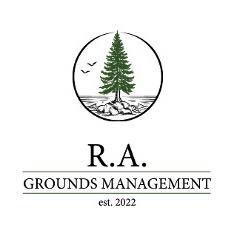After cutting down a tree, homeowners and property managers are often left with an unsightly and sometimes hazardous stump. Knowing how to remove a tree stump effectively is important for maintaining a clean, safe, and usable outdoor space. Stumps can become tripping hazards, attract pests, and interfere with landscaping or construction projects. While removing a stump may seem like a straightforward task, it requires careful planning and the right techniques to ensure a complete and efficient removal.
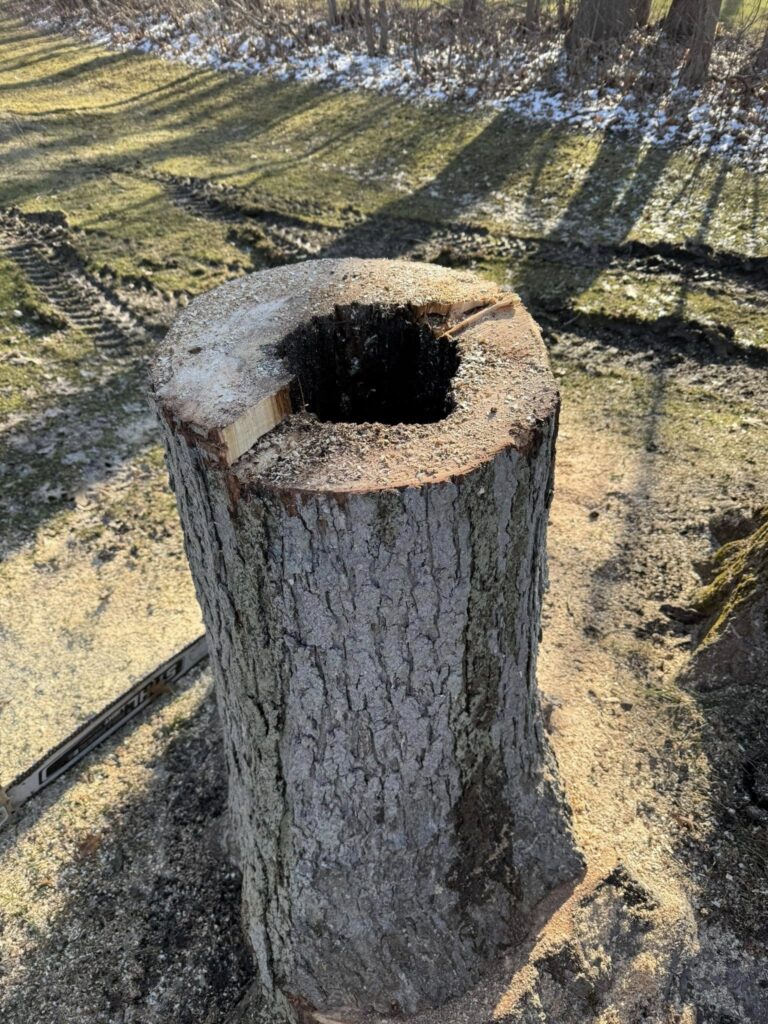
Why Should You Remove a Tree Stump?
Before exploring how to remove a tree stump, it’s important to understand why removal is necessary. Leaving a stump in the ground can lead to several issues, including root regrowth, potential pest infestations, and difficulties in mowing or maintaining the landscape. Stumps can also harbor fungi, which may spread to healthy plants nearby. Whether for aesthetic reasons or practical concerns, removing a tree stump can help improve the overall health and functionality of your yard.
Manual Removal: Digging Out the Stump
For smaller stumps, one of the most common methods of tree stump removal is digging it out manually. This approach requires physical effort but is effective when dealing with shallow-rooted trees. The first step is to use a shovel or spade to dig around the stump, exposing the root system. Once the roots are visible, a pruning saw or axe can be used to cut them.
After severing the roots, the stump can be rocked back and forth to loosen it from the soil. If necessary, a lever, such as a long wooden beam or metal rod, can provide extra force to pry the stump from the ground. This method works best for small to medium-sized stumps but may be impractical for larger, deeply rooted trees.
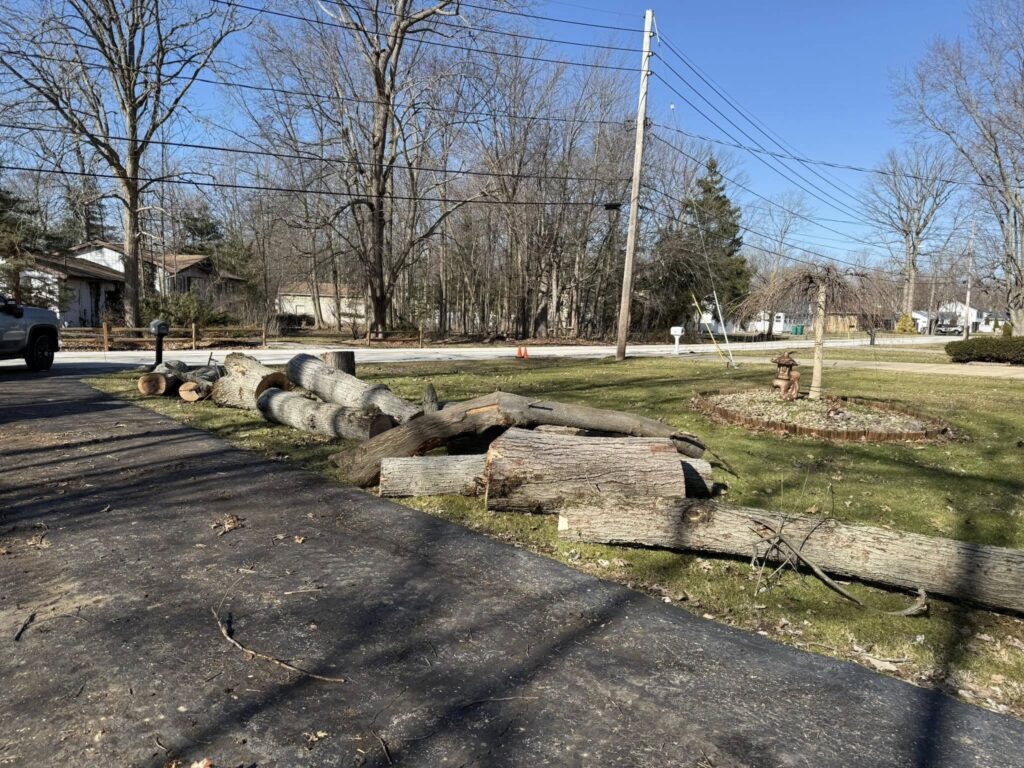
Using a Stump Grinder for Quick Removal
For large stumps or those with deep root systems, a stump grinder is often the most efficient solution. A stump grinder is a powerful machine equipped with a rotating cutting wheel that grinds the stump into small wood chips.
The process begins by positioning the stump grinder over the stump and slowly lowering the cutting wheel into the wood. The machine is moved back and forth across the stump until it is ground down several inches below the soil level. The remaining wood chips can be used as mulch or removed entirely.
Stump grinders are available for rent at most home improvement stores, allowing homeowners to remove stumps without hiring a professional. However, stump grinding requires protective gear, such as goggles, gloves, and sturdy clothing, to prevent injury from flying debris.
Burning a Tree Stump as a Removal Method
Another approach to tree stump removal is burning the stump. This method requires dry conditions and should only be used in areas where open burning is permitted.
To begin, holes are drilled into the stump, and a flammable substance, such as kerosene or charcoal lighter fluid, is poured into the holes. After allowing the liquid to soak in, the stump is ignited, and the fire is monitored as it slowly burns through the wood. This process can take several hours or even days, depending on the size of the stump.
Once the stump has been reduced to ashes, the remaining material can be removed, and the ground leveled. Burning a stump is an effective way to remove it without excessive manual labor, but safety precautions must be followed to prevent accidental fires.
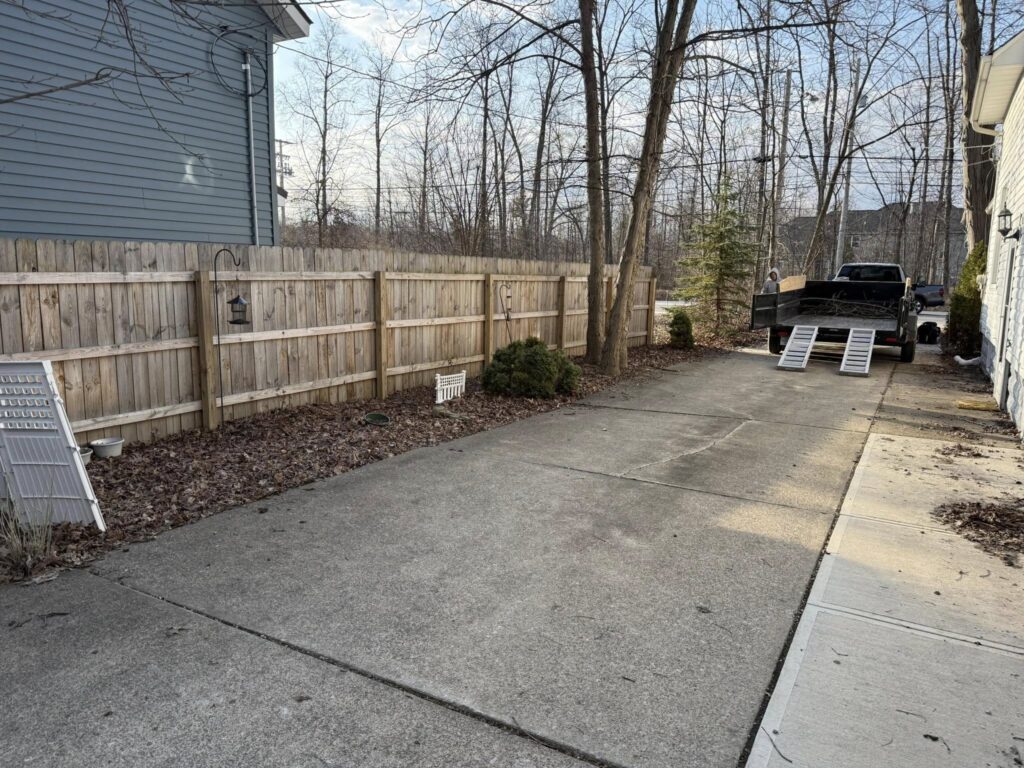
Chemical Stump Removal for Gradual Decomposition
For those who prefer a less labor-intensive method, chemical stump removal is an option. This technique accelerates the natural decomposition of the stump, making it easier to break apart over time.
A chemical stump remover, often containing potassium nitrate, is poured into holes drilled into the stump. The substance helps soften the wood by breaking down the fibers. Over the course of several weeks or months, the stump becomes spongy and can be easily chopped or broken apart.
While chemical removal is not an instant solution, it is effective for large or difficult-to-remove stumps. However, this method should be used carefully to avoid harming nearby plants or contaminating the soil.
Using Natural Methods to Decay a Stump Over Time
For those looking for an eco-friendly alternative, natural stump decay is an option. Instead of using chemicals, homeowners can encourage decomposition by covering the stump with soil and organic material such as compost or manure. This creates the ideal environment for fungi and bacteria to break down the wood.
Another natural approach is to drill holes into the stump and fill them with nitrogen-rich materials, such as coffee grounds or fertilizer. Over time, the stump will decompose naturally, although this process may take several years. While slower than other methods, natural decay is harmless to the environment and requires no heavy labor or machinery.
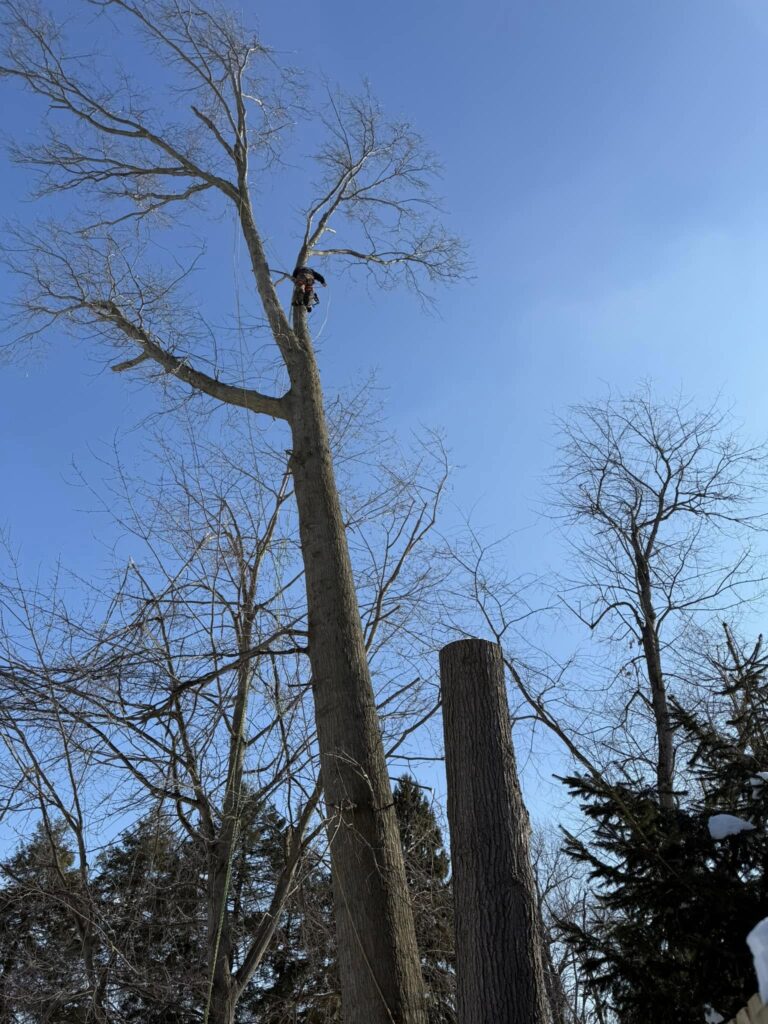
Removing the Stump with Heavy Machinery
For properties with multiple stumps or large tree remnants, excavation using heavy machinery may be the best solution. A backhoe, excavator, or skid steer can quickly dig up and remove stumps along with their root systems.
This method is commonly used for commercial projects, land clearing, or large-scale landscaping renovations. While effective, it can be expensive and may cause damage to the surrounding landscape due to the weight and force of the machinery.
Filling and Restoring the Area After Stump Removal
Once the stump is removed, the ground must be restored to maintain a level and healthy landscape. The hole left behind should be filled with topsoil or compost to promote plant growth. If the area will be replanted with grass, it is best to apply grass seed and water it regularly to encourage new growth.
If a hardscape feature, such as a patio, walkway, or flower bed, is planned for the space, proper ground leveling and compaction should be done to ensure stability. Stump removal often opens up new possibilities for landscaping improvements.
When to Hire a Professional for Stump Removal
While many tree stumps can be removed using DIY methods, some situations call for professional assistance. If the stump is located near structures, underground utilities, or hard-to-access areas, it may require specialized equipment and expertise to remove safely.
Professional tree removal services have the tools, experience, and knowledge to remove stumps efficiently while minimizing damage to the surrounding landscape. For homeowners who prefer convenience and speed, hiring a professional can be a worthwhile investment.

Conclusion: How to Remove a Tree Stump the Right Way
Understanding how to remove a tree stump requires evaluating the size, location, and difficulty of the stump before choosing the most effective method. Whether using manual digging, stump grinding, burning, chemical treatments, or natural decomposition, each technique has its advantages and limitations.
For quick removal, stump grinding or heavy machinery is the best option, while burning and chemical methods offer less labor-intensive solutions. Natural decomposition is an environmentally friendly approach but requires patience.
By selecting the right stump removal method, homeowners and property managers can maintain a clean, safe, and attractive outdoor space. Removing an old stump not only improves aesthetics but also prevents potential hazards, allowing for new landscaping opportunities and a well-maintained yard.
